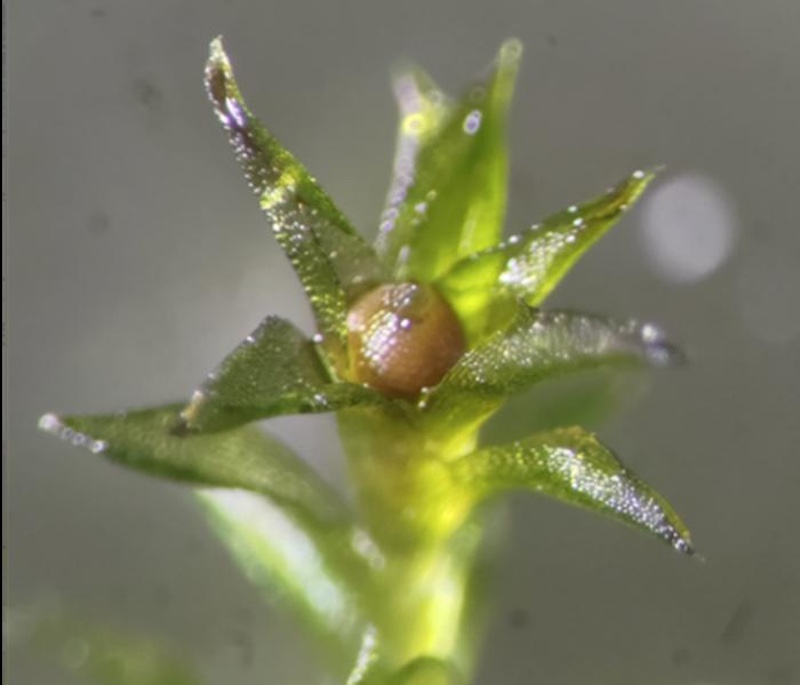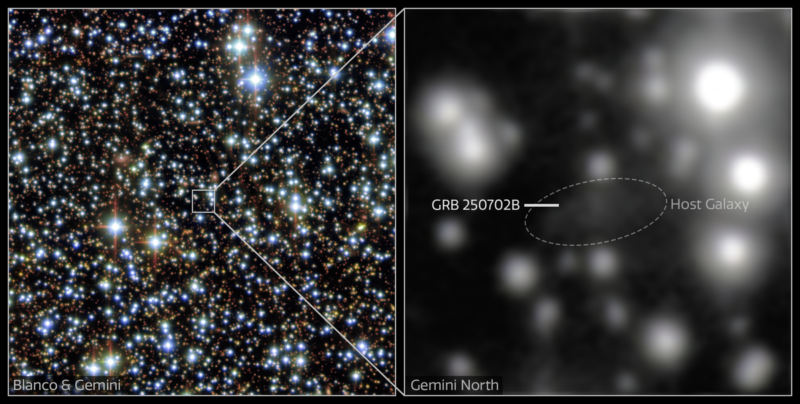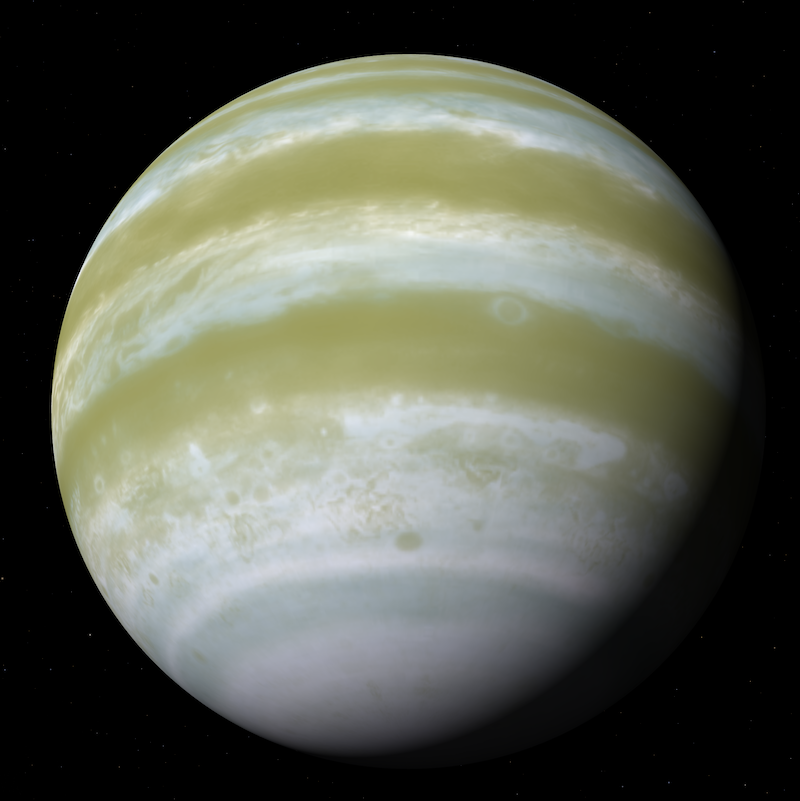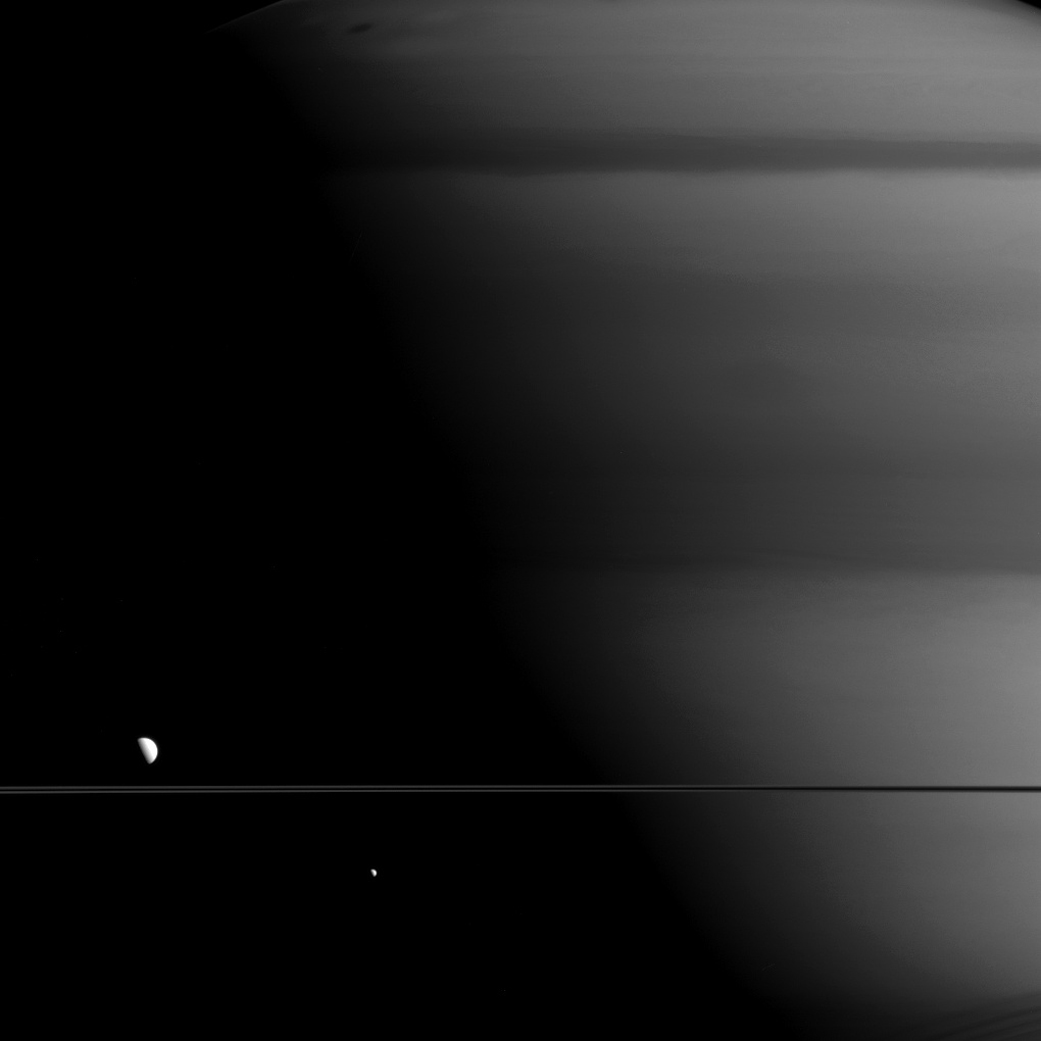Now Reading: New details about Betelbuddy, Betelgeuse’s companion star
-
01
New details about Betelbuddy, Betelgeuse’s companion star
New details about Betelbuddy, Betelgeuse’s companion star
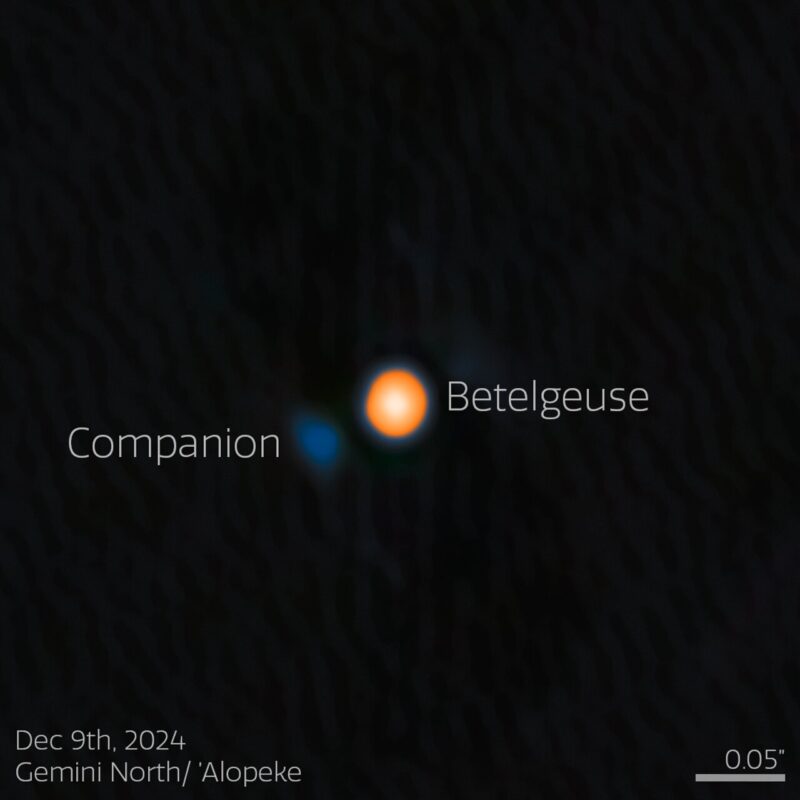
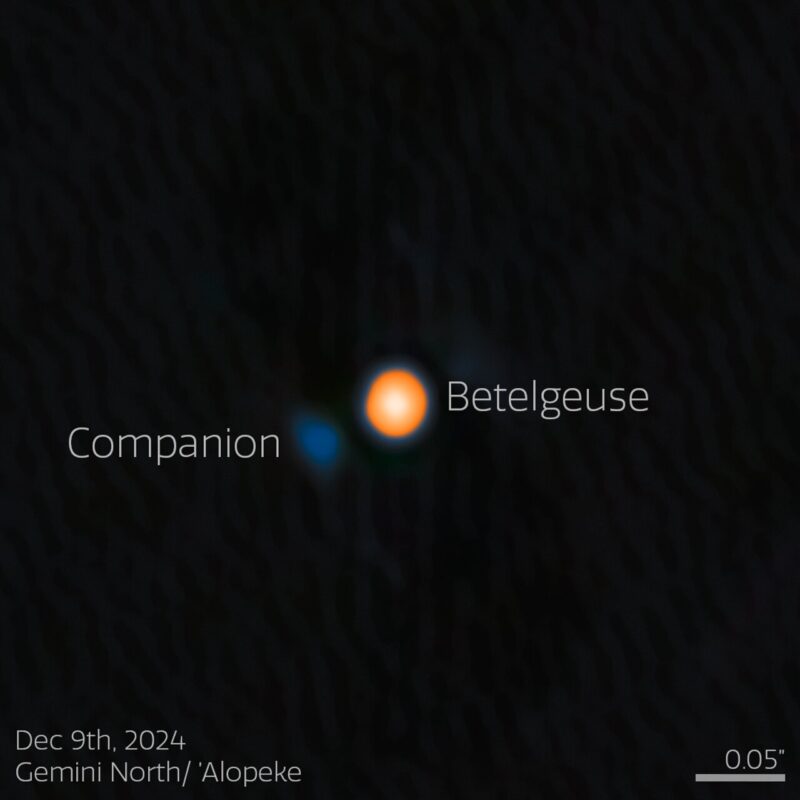
New details about Betelbuddy, Betelgeuse’s companion star
Betelgeuse is famous for being a reddish star in the constellation Orion the Hunter that will explode someday. Last year, scientists announced Betelgeuse likely has a companion, which has since been confirmed and nicknamed Betelbuddy. On October 8, 2025, researchers from Carnegie Mellon University said their observations show the companion star is not what they expected. Scientists thought the hidden companion was a tiny star at the end of its life, like a white dwarf or neutron star. Instead, they said it appears to be a young star about the size of the sun.
The scientists published their peer-reviewed research in The Astrophysical Journal on October 8, 2025.
Betelbuddy hides behind Betelgeuse
Why is Betelbuddy so hard to pin down? For starters, its companion star, Betelgeuse, is a red supergiant. The blazingly bright star makes it difficult to see anything that might be in its vicinity. Betelgeuse is about 700 times the size of our sun and thousands of times brighter. But over the past few years, the star underwent odd periods of dimming. Researchers found the star had a long 2,170-day cycle of dimming and brightening. And this could best be explained by Betelgeuse having a companion star.
According to calculations, the companion would be farthest from Betelgeuse around December 6, 2024. So researchers rushed to aim telescopes at Betelgeuse, including the Chandra X-ray Observatory, Gemini North Telescope and the Hubble Space Telescope. After the December 6 date of maximum separation, the companion would disappear behind the giant star for another two years.
What the observations revealed
The Gemini North Telescope in Hawaii captured, for the first time, Betelgeuse’s companion. This finally confirmed the existence of Betelbuddy.
The Carnegie Mellon-led study imaged the companion in X-rays. Lead author Anna O’Grady of Carnegie Mellon University said:
It turns out that there had never been a good observation where Betelbuddy wasn’t behind Betelgeuse. This represents the deepest X-ray observations of Betelgeuse to date.
The brightness difference between Betelgeuse and this little companion is absolutely insane. The fact that we can now confirm something is there shows how far our science has come.
And what they found was that the companion was a young star, about 1.5 times the mass of our sun. This was unexpected. The researchers were expecting a husk of a star at the end of its life, such as a white dwarf or neutron star. O’Grady explained:
It could have been a white dwarf. It could have been a neutron star. And those are very, very different objects. If it was one of those objects, it would point to a very different evolutionary history for the system.
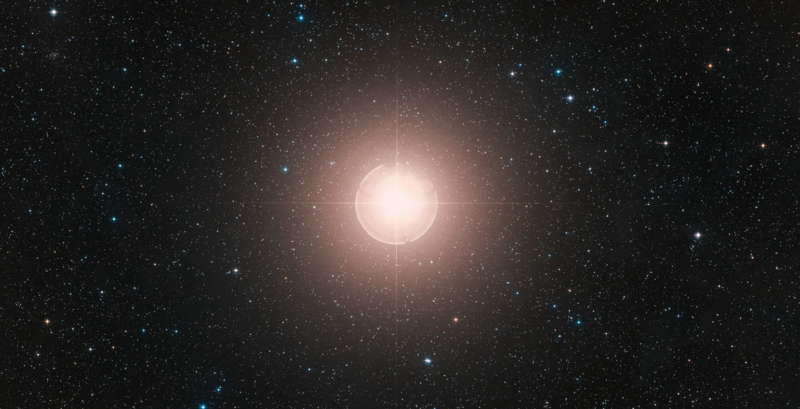
An unusual pair
So how does Betelbuddy contribute to Betelgeuse’s cycle of dimming? Scientists think the companion star can sweep away the dust that sometimes blocks Betelgeuse’s light. This unusual pair might also have implications for other stars that are in binary pairs. Many of the binary pairs we know of are stars that are more closely matched in mass. But the lopsidedness of Betelgeuse and Betelbuddy give scientists new ideas to chew on. O’Grady said:
This opens up a new regime of extreme mass ratio binaries. It’s an area that hasn’t been explored much because it’s so difficult to find them or to even identify them like we were able to do with Betelgeuse.
Bottom line: A new study has discovered more about Betelgeuse’s little companion, Betelbuddy. The star is younger and larger than predicted.
Source: Betelgeuse’s Buddy: X-Ray Constraints on the Nature of alpha Ori B
Via Carnegie Mellon University
The post New details about Betelbuddy, Betelgeuse’s companion star first appeared on EarthSky.
Stay Informed With the Latest & Most Important News
Previous Post
Next Post
-
 012024 in Review: Highlights from NASA in Silicon Valley
012024 in Review: Highlights from NASA in Silicon Valley -
 02Panasonic Leica Summilux DG 15mm f/1.7 ASPH review
02Panasonic Leica Summilux DG 15mm f/1.7 ASPH review -
 03From Polymerization-Enabled Folding and Assembly to Chemical Evolution: Key Processes for Emergence of Functional Polymers in the Origin of Life
03From Polymerization-Enabled Folding and Assembly to Chemical Evolution: Key Processes for Emergence of Functional Polymers in the Origin of Life -
 04How New NASA, India Earth Satellite NISAR Will See Earth
04How New NASA, India Earth Satellite NISAR Will See Earth -
 05And Thus Begins A New Year For Life On Earth
05And Thus Begins A New Year For Life On Earth -
 06Astronomy Activation Ambassadors: A New Era
06Astronomy Activation Ambassadors: A New Era -
07SpaceX launch surge helps set new global launch record in 2024












